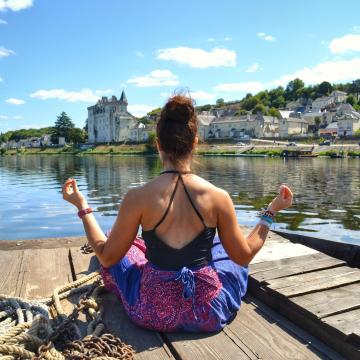
Claire The Green Geekette
Member for 4 years 5 months
Yogi and slow tourism devotee
Green traveller
I Dived Into the depths of an old copper mine, How ABOUT THAT!
8 min and a few of specks of copper
Although my geology classes are now more than fifteen years ago, whenever I think about my trip to Stolzembourg, I find my mind wandering back to the world of minerals, schist, strata and other distinctive features of the Ardennes’ underground landscapes. A fascinating visit, taking you the heart of the Earth and diving into our history!
To think it all started with a herd of cows…
Let me take you to the German border, to Stolzembourg, a small town in the Luxemburg Ardennes, located on the right bank of the river Our. The exploitation of the local copper mine left deep scars on the village’s landscape, but also had a significant impact on the village‘s ecological footprint, social architecture and cultural landscape. The copper resources weren’t discovered until the 18th century, and you need to keep in mind that 400 million years ago, the whole area was covered by the sea!
In 1717, cows from neighbouring herds started to fall ill one after the other…The scientists of the time – quite rightly suspecting that poisoning was behind the death toll – started analysing the composition of the stream water, the same water that was avidly drunk by the cows. The results provided incontrovertible proof: the cows suffered from copper poisoning! This intrigued the locals, who – by deciding to solve this mystery - heralded the premises of a rush to uncover the mineral treasures contained in their soil.
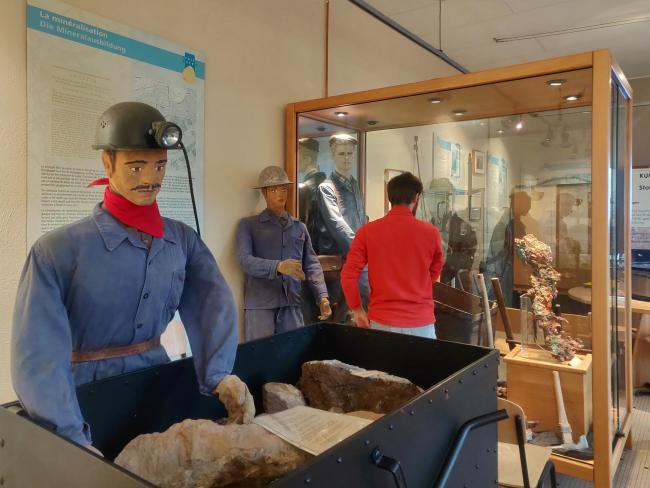
When geology and history are intimately linked
As my visit unfolds, I learn that the veins of copper ore are linked to the deep crevices that appeared 300 million years ago when the rocks in the Eislek area folded. It is through these cracks that water - charged with copper ore - was able to seep in. The second step was the crystallisation of the ore that was then deposited onto the rocks.
Since times immemorial, the history of the area of Stolzembourg is intimately linked to the history of its underground mineral deposits. The mining of copper ore has left an undeniable impact on the Ardennes landscape, changing it forever after. In the 18th and 19th centuries, Eislek’s natural beech forest was replaced by vast stretches of oak copses. The oak was used for two purposes: their bark was used to make oak bark tannin for the neighbouring tanneries, but also to produce the large quantities of charcoal needed to fuel the Stolzembourg copper mine’s smelting plants. Once chemical tannins were invented, the demand for oak bark subsided. And in the deforested area, the former oak forests were gradually replaced by green pastures and deciduous and spruce forests that did not grow there before.
From a wooded landscape to vast stretches of rolling grasslands, the mine had a deep impact on its environment….
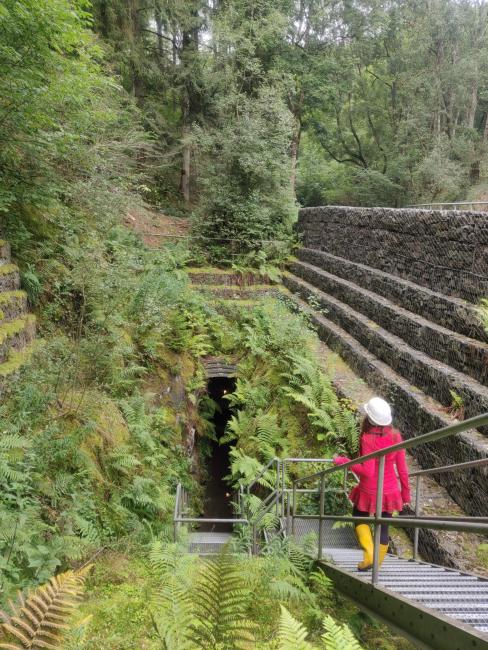
A geological trail to rehabilitate the environment
On this first day of September, we feel a bit discouraged by the idea of walking to the mine while the sky above threatens heavy rain. Thankfully, a ray of sun injects us with the necessary courage to set off on the 2,5km geological trail that will take us along the vestiges of the former copper mine. This is quite fortunate, as the trail is definitely essential if you want to fully understand the mining site’s historical background and its geological and mineralogical context.
The idea behind the trail is also to make the trip to the mine entertaining, by rehabilitating the vestiges that you encounter along the way: slag heaps, ramshackle buildings that testify to the surface activity, mine shafts leading to a veritable maze of deep underground galleries…I must admit regretting I was not there on a school outing: I’m pretty sure I would have enjoyed rummaging through the mountain of rocks in search of some of the precious ore that is (or so it is rumoured) still hidden among the rocks.
Many mining concessions but little success
« What makes the mine so interesting?”, you migh ask. Accompanied by Danielle, from the “Guides of the Ardennes” association, we were about to delve into the well-kept secrets of the Stolzembourg mine’s history.
A fascinating journey through time which would definitely leave its mark on us…Just imagine: at the peak of its exploitation, the mine galleries ran no less than 170 meters underground, while the longest gallery was a whopping 400 meters long!
The mining facility used to spread out over 12 levels, of which 9 are no longer accessible today because they are flooded. When the 18th century miners dug out galleries following the copper lodes in the bedrock, they were faced with a tricky problem: they needed to pump out the groundwater. A relentless battle between man and the elements ensued. In order to keep working deep underground, they had to evacuate the water faster than its infiltration rate, by pumping it towards the surface.
The reality really hits us full force when we go into the mine, our feet already in the water. We finally understand why we needed to wear rubber boots and a waterproof jacket!
The reality really hits us full force when we go into the mine, our feet already in the water. We finally understand why we needed to wear rubber boots and a waterproof jacket! I experience the need for a helmet at first hand when I manage to hit my head on the ceiling while working my way through a narrow gallery…Water and copper are everywhere around us. It’s hard to forget about the surrounding elements for more than a short moment, and their reign commands respect.
Copper was mined here until 1944, when the Battle of the Bulge put a stop to its exploitation. You have to keep in mind that, at a time when mining concessions where a dime to a dozen, the work was frequently stopped, sometimes for long periods of time, because the mines were more often than not unprofitable. The reasons to this lack of profitability were twofold: the difficulty posed by dewatering the mine as well as the fact that the mine was too far away from the major industrial areas.
An experience outside of time
Enough said about the mine’s history ! Even though it is a fascinating tale, what really got me was the spellbinding and unique beauty of the mine galleries. When I think about the kilometres of galleries dug underground by man, it makes me feel infinitesimally small. It is really easy to let yourself get carried away by the feeling that you are nothing more than a tiny mouse lost in a huge stone maze, and let yourself be transported by these spellbinding galleries in an underground universe that is nothing if not unique.
Thankfully, it is quite impossible for us to get lost, as we are accompanied by Danielle, our outstanding guide, whose patience knows no bounds when the time has come to take dozens of pictures attempting to capture the spirit of the mine. A rather unrewarding task if you ask me, trying to capture on camera the sheer awe-inspiring impression that emanates from the discreetly-lit galleries and their unique acoustics…
Enjoy this experience
Musée Koffergrouf
5A, rue Principale, 9463 Stolzembourg (Luxemburg)
Tel.: +352 26 87 49 87 ou +352 84 91 46
www.stolzembourg.lu
Helmets and rubber boots are lent out for free to visitors, as well as a waterproof jacket if you can’t bring your own.
Rates and opening times
Adults : € 7 (€ 5 with the Lux Card)
Children 6-13 years:€ 3,50€ (€ 2,50 with the Lux Card)
Free for children under 5.
Special rates on request (schools, etc.)
The underground galleries are open from the Easter holidays to end October. We recommend your check online for the daily guided visits (open to individual travellers)/ The visit is held at 14:00 and the tour is led in 4 languages (depending on the days): Luxemburg, Dutch, German and French.
The visits are led by a guide from the assocation "Guides des Ardennes" and includes the visit to the museum (geology of the area, history of the mine and the mining techniques), the geological trail with its 10 educational panels and the underground galleries. The visit takes about 2 to 3 hours.
We recommend that groups of +/- 10 visitors book their guided visit in advance.
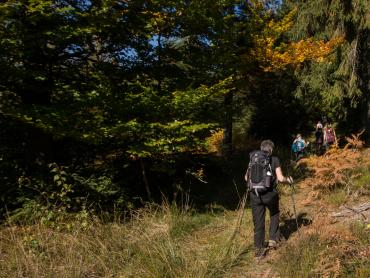
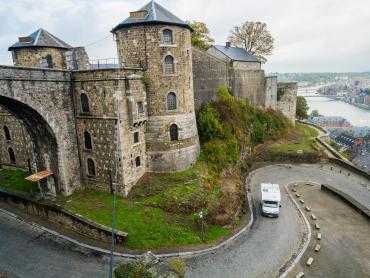
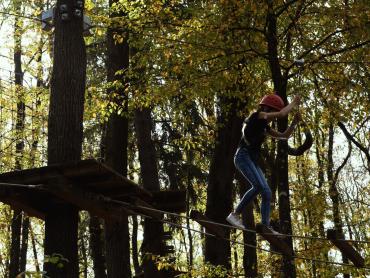
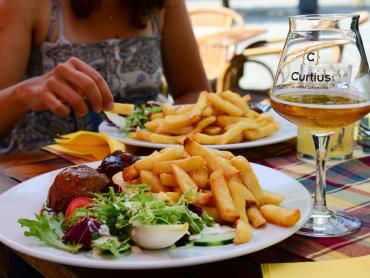
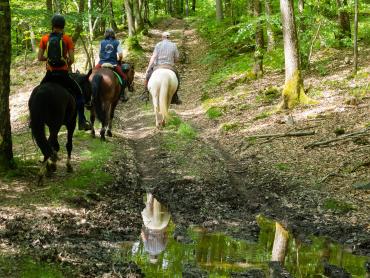
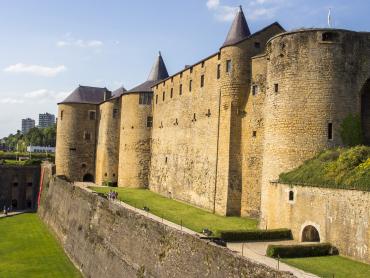
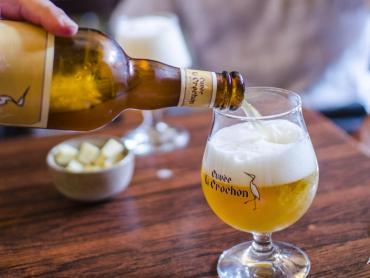
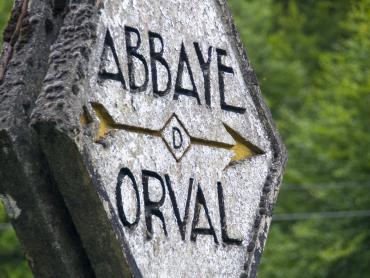
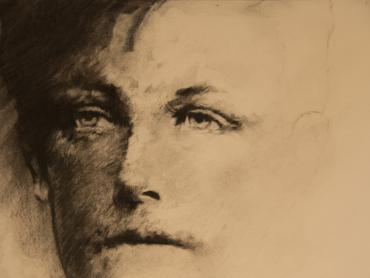
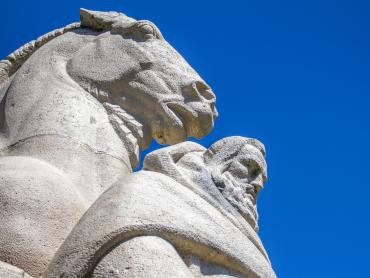

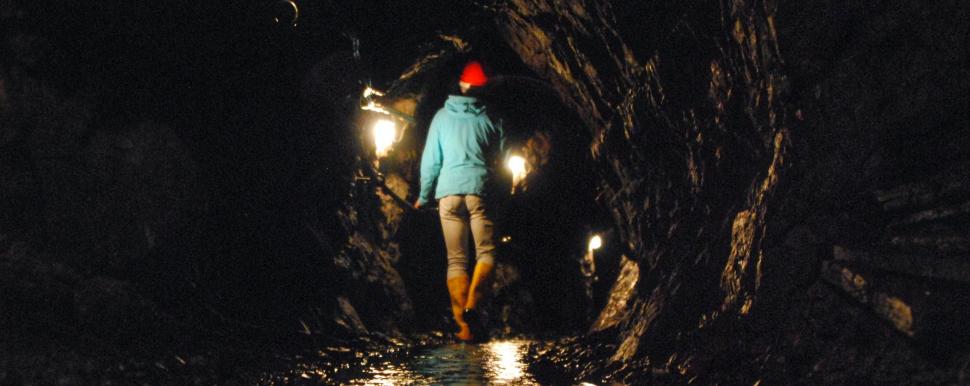
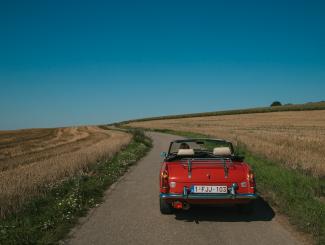
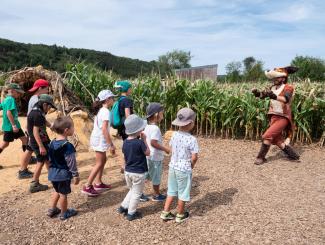
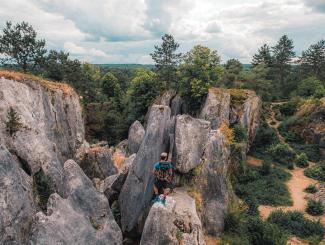
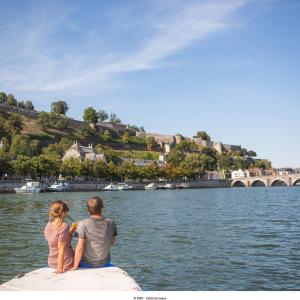



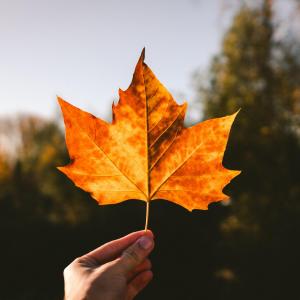
The awe-inspiring impression created by the discreetly-lit galleries and their unique acoustics is almost impossible to describe...